The hunt for Tito. May 1944
End article translation “Operation Roesselsprung. Drvar, Mai 1944 ”, published in the German-language version of the Croatian military history magazine“ Husar ”(Nos. 2, 3 for 2016).
Translator's notes.
According to the tradition existing in the German press and literature, all foreign proper names and geographical names are transmitted in their original spelling, in this case, in Croatian. Since I don’t speak the Serbo-Croatian language and I don’t know a specific pronunciation, I will write all these words, except well-known, in Latin letters, as in a journal.
Slug_BDMP Translator
The morning of May 25, 1944 in Drvar was clear and promised a fine day. On the occasion of Tito's birthday, the town was modestly decorated. Various cultural events were planned. High-altitude flights of individual aircraft were not uncommon and did not cause alarm.
At 6.30 the first bomb blasts were heard at the Drvar pulp mill. This sudden attack was carried out by light attack aircraft Heinkel He-46 and Henschel Hs-126 of the 7th night bomber group (Stab. 1, 2 / NSGr.7), who managed to go undetected to reach targets on a low-level flight. At the same time, the city center was hit. Bombers Ju-87D II. Groups of the 151st Squadron of Dive Bomber (II./SG151) dropped heavy 250- and 500-pound bombs. The third strike, which followed at 6.50, was delivered by the 13th squadron of the 151st squadron of diving bombers (13./SG.151), and it lasted until 6.55. This was followed by the fourth and final strike of the 3rd squadron of the 7th night bomber group (3./NSGr.7), equipped with Italian CR-42 aircraft. It lasted until 7.00. Dive bombers and attack aircraft covered fighter Messerschmitt Bf-109G IV. Groups of the 27th Fighter Squadron (IV./27JG).
At 7.00, the first Junkers-52 transport aircraft appeared over Drvar, from which 314 paratroopers of the 500th SS airborne battalion landed.
At 7.10, the first of forty-five DFS-230 airborne gliders landed, which were supposed to land a total of 340 paratroopers. In the first wave, it was planned to land 654 paratroopers. The partisans managed to get into some gliders: one of them was forced to unhook from the tow and landed outside Drvar, two others were shot down, and another three were damaged. Losses among the crews and the landing amounted to 20 people.
During the landing, Ju-87 dive bombers suppressed ground targets in the Drvar area with machine-gun fire and drove the defenders into cover. Presumably, all this “air show” was controlled from the flying headquarters aboard the Ju-88 or He-111.
At the same time, the entire German war machine set in motion - 20000 people were supposed to crush the “Tito state” in Drvar. In all nine areas in which German forces advanced, fierce battles ensued. From Srba attacked the group "William". According to the plan, she was supposed to reach Drvar by the evening of May 25 and connect with the paratroopers of the 500th SS battalion.
The blow turned out to be a complete surprise for the partisans. Subsequently, historians tried to recreate the events in Drvar, the places of battles, the actions of individual participants - all together can be described in one word - chaos.
After landing, the paratroopers gathered and, having built chains, moved towards the intended targets. Along the way, they destroyed everything in their path - armed partisans and unarmed local residents, threw grenades into houses and suppressed foci of organized guerrilla resistance. Only a few partisans and civilians were “lucky” - they were captured.
The paratroopers, landed on the banks of the Unac River, were under the fire of a guard battalion and were pushed to the outskirts of Drvar. Separate groups of fighters of the Engineering Brigade and cavalry squadron after a short battle retreated from Drvar to defensive positions on the slopes of Mount Gradina. The crew of one of the tank tankette wedges, located on Mount Trninic, moved towards Drvar, firing machine-gun fire, and at first led the attacking Germans into confusion, but was soon destroyed. A group of young people, members of local self-defense and several officers' officers in Shipovlyany, having only 25 rifles, gathered at the hospital in Danichi and were able to repel the German attack. They even managed to capture a machine gun and four boxes of ammunition from one of the gliders. Another group of officers from Shipovlyan managed to break through the railway tracks to the positions of the guard battalion and strengthen the defense of the Tito Cave. They managed to repel the attack of the paratroopers who crossed the river Unats.
As soon as the Germans occupied Drvar, it immediately became clear to them that the main positions of the partisans were on the other side of Unac. Tito is also located there. The Germans also learned that the headquarters of Tito is in a cave on the slope of Mount Gradina, but the exact location remained unknown.
Around 9.00:105 am, a chain of paratroopers launched an offensive along the main street of Drvar towards Unats at the position of a security battalion and officers from Shipovlyan reinforcing it. A battery of 80-mm recoilless guns and two batteries of 50-mm mortars opened fire on partisan positions. The attack of the paratroopers was choked about XNUMX steps from Unaz. Further attacks were also repulsed by the strong fire of the defenders, and after that the Germans were forced to retreat and take refuge in houses on the outskirts of Drvar. There was a pause in the battle.
Some historians consider this moment decisive. The commander of the 500th SS Airborne Battalion, Hauptsturmfuhrer Kurt Rybka, still had the opportunity to order the second wave of 171 paratroopers to land directly on the side of the mountain above the Tito Cave and block the route to retreat. Why Rybka did not do this is unknown. It can be assumed that by this moment he already knew that the German attack on Drvar was not developing as fast as expected, and partisan reinforcements were already on the way. It is possible that for some time the radio connection with the higher headquarters was interrupted, and he could not make changes to the previously drawn up plan. When radio communication was restored, the paratroopers themselves were forced to fight back from the counterattacking partisans, and the battalion commander needed all his forces in Drvar itself, and not on the other side of the river. Also, perhaps Rybka was still not completely sure that Tito was in the cave. Otherwise, he would have acted decisively. One way or another, Rybka decided to go on the defensive.
By 10.00, the whole Drvar was in the hands of German troops. Most partisan radio stations were destroyed or captured. Also, many ciphers fell into the hands of the Germans. As a result, the connection of the partisans was broken. Some partisans died on the spot, some were captured, but still the majority managed to slip away. According to later reports, the partisans lost 100 people in Drvar. Some members of foreign military missions also died or were captured. The paratroopers at that moment lost 60 people. Some of the locals were used by the Germans to dig trenches and collect ammunition. The Shobich-Glavitsa cemetery, bounded on two sides by a stone wall, became the main defensive position of the 500th battalion. The battalion command post was also located there. The cemetery was fortified and prepared for all-round defense. All ammunition was stored there, a dressing station was equipped, and the bodies of dead soldiers were assembled. Other positions in Drvar were also prepared for defense. The battalion headquarters was aware that the advance of the William group was not developing according to plan because of the strong resistance of the partisans and was partially stopped. The reconnaissance squadron "Croatia" also reported on the approach of the new partisan forces from Srba. The commander of the 500th battalion ordered the remaining 171 soldiers of the battalion to land on the field in front of Shobich-Glavits. Parachute containers with ammunition and medicines were dropped there from ten Ju-52s.
Specifications:
• power, l. p .: 850
• Wingspan, m: 14,5
• The length of the aircraft, m.: 10,8
• The height of the aircraft, m .: 3,7
• wing area, sq. m .: 31,6
• Weight, kg:
• empty aircraft: 2035
• take-off: 3275
• Maximum speed, km / h:
• at the ground: 310
• at an altitude of 3000 m: 354
• Cruising speed, km / h:
• at the ground: 270
• at an altitude of 4200 m: 330
• Flight range, km .: 715
• Ceiling, m.: 8200.
Specifications:
• Crew: 1 person
• Length: 8,25 m
• Wingspan:
◦ top: 9,7 m
◦ lower: 6,5 m
• Height: 3,06 m
• Wing Area: 22,42 m²
• Empty weight: 1782 kg
• Normal take-off weight: 2295 kg
• Engines: 1 × Fiat A.74 RC.38 air-cooled 14-cylinder
• Power: 1 × 840 l. from. at 2400 rpm (627 kW)
• Maximum speed:
◦ at altitude: 441 km / h at 6400 m
◦ by the ground: 343 km / h
• Cruising speed: 399 km / h
• Practical range: 780 km
• Practical ceiling: 10 211 m
Armament: 2 × 12,7 mm Breda SAFAT machine gun with 400 rounds per barrel
• Bomb load: 2 × 100 kg bombs.
Tito leaves the cave
For the commander of the NOAA Joseph Broz Tito, the landing of a German landing near his residence was a complete surprise. For some time he watched the unfolding battle and waited for reports on the situation. He remained in the cave until 10.00, when there was a pause in hostilities. German machine guns kept under fire a single path leading down the slope to his cave, and the descent along it seemed very risky. The soldiers of the security battalion and personal guard Tito were able to make a hole in the floor of the hut to go down through it to the foot of the hill along a rope connected from parachute lines. After several volunteers managed to do this, it was the turn of the Supreme Commander. Some fighters died during the descent, but Tito managed to squeeze into the crevice in the rock, which protected him from enemy fire, overcome open space and hide behind the rock. There, he ordered the security battalion to continue to maintain a position, and he, with his closest circle, began to climb to the top of Mount Gradina, which he reached by 12.00:XNUMX. There he watched the battle for some time, then moved towards Podovi. Thus, his evacuation from the residence was successfully completed. So it was interpreted by the post-war official Yugoslav historiography.
The role of Tito and his behavior in the first hours of the German operation has not yet been clarified. It is not clear why he did not leave his residence earlier. It served as a good shelter, including from an air attack, but at the same time was too small to accommodate the entire Supreme Headquarters. Communication with headquarters could only be carried out through messengers (radio communication, as mentioned above, was broken). Directly next to Tito were only the adjutant and several close. The Supreme Staff itself and its chief were somewhere near the cave. Over and over again, the headquarters sent notes to Tito asking them to leave the cave. The official documents mention such offers, dating from 9.30, 9.45 and 10.00 hours. But Tito only after 10.00 decided to leave the cave, when being there became already clearly dangerous. It is surprising that the Supreme Commander for 4 whole hours after the start of the German offensive was not with his headquarters, but only communicated with him using notes. The Supreme Headquarters at that time also sent messengers to nearby units and formations with orders, clarifying the situation in Drvar and also with information about the status of the Supreme Commander. These orders were not given on behalf of Tito, but directly by the Supreme Headquarters. This suggests that the Supreme Headquarters acted on its own initiative.
Partisan counterattack
The headquarters of the 1st Proletarian Corps, located in the village of Mokronoge near Drvare, was quickly informed of the German landing and immediately ordered the 6th Proletarian Division to send one brigade to help the partisans in Drvar. The 3rd Likes brigade, consisting of four battalions, also went there. The headquarters of the 9th division ordered the 1st Dalmatian brigade to send one battalion closest to it to Drvar. The headquarters of the 1st Likes Corps sent two battalions of the 1st Proletarian Liks Brigade to Drvar. Thus, about 1000 partisans moved to Drvar with a forced march. The 1st battalion of the 3rd Liks brigade (130 soldiers) reached the heights near the village of Kamenice at 11.30 and immediately attacked German positions at the railway station Stavkowice. In the melee that ensued, the Germans lost seven killed and a dozen wounded and were forced to retreat to the nearby cemetery. At the same time, at 11.50, the second landing wave (171 people) was landing. They were immediately thrown into battle at Kamenice. Mutual attacks and counterattacks on rocky ground near Kamenice did not bring a final victory to either side, and the Germans were forced to go on the defensive. The partisans of the 3rd Likskoy were joined by groups and individual soldiers of the Engineering Brigade and various units and institutions of the NOAU who managed to break out of Drvar. Partisan positions were repeatedly subjected to air strikes.
Around 13.00 Drvara reached the 3rd battalion of the 6th Lik division, led by a division commander. He immediately threw the battalion on the attack against the left flank of German positions in the Drvar Valley. The 1st company crossed the Zoritsa bridge and strengthened the defense of the guard battalion, the 2nd moved along Bastasi Street, and the 3rd through Spasovin. The German commander also strengthened the defense in this direction. The first battles began around 14.00. The 2nd company of the 3rd Lik battalion succeeded in suppressing with a mortar fire some German machine-gun nests and by 16.40 drove the Germans to the central intersection of Bastasi Street, where the city government was located. During fierce battles, the building of the council several times passed from hand to hand, and as a result the Germans retreated to Schobich-Glavits. The security battalion succeeded in ousting the Germans from the right bank of Unac and by 16.45 went to the opposite side. Around the same time, the 1st Battalion of the 1st Proletarian Brigade, which so far remained in reserve, approached. Then the 2nd battalion of the 3rd Liks brigade came up and attacked the left flank of the Germans on the move. The 3rd company of the 2nd battalion after a fierce battle threw the German group “Brecher” from Trninich-Brek to Kninska Kapya. The Germans were able to catch on the railway tracks for some time, but after the approach of the 1st company and units of the Engineering Brigade at about 18.00 p.m. they retreated to Trnjak.
The 4th battalion of the 3rd Liks Brigade (130 soldiers) reached Drvar around 17.00 p.m. and was left in reserve in case of a new Germans landing.
By 20.00, most of the German paratroopers were pushed back to Schobich Glavits. Their barriers, which remained on the main street of Drvara and in the direction of Prnjavor, by 21.30 were also forced to retreat. Five transport aircraft managed to throw containers of ammunition into the positions remaining in German hands.
Schobic cemetery
The center of German defense was the cemetery on the hill Schobić-Glavitsa. From Kechmani and the pulp mill, it was protected by concrete walls. Sappers pierced the loopholes in them. From the side of the field, on which the second wave of the landing landed, the locals rounded up dug trenches of a full profile with parapets. Stone crosses also served as shelters for individual shooters. The Germans from all directions were surrounded by four battalions of the 3rd Liks brigade and the 3rd Dalmatian battalion, which later approached. At 23.00 guerrillas with the support of mortars launched an attack from all directions. The Germans fired a large number of lighting missiles, so it became light as during the day, and the partisans lost the protection of the dark. Due to the large amount of automatic weapons and not lacking in ammunition, the Germans opened deadly fire. The attack was quickly repulsed. A new attack began at 1.00 on May 26th. The 3rd and 4th battalions of the 3rd Lick brigade came with the support of mortars and with the help of hand grenades. But success was again unsuccessful, and in some places the paratroopers even counterattacked. In the third attack, at about 2.00, the 1st battalion of the 1st Proletarian Liks Brigade was also thrown, but the result was the same. Another attack at 3.30 was also repelled by the Germans at great cost.
German breakthrough to Drvar
At night, the command of the NOAU learned about the threat of a breakthrough of the 92nd Motorized Grenadier Regiment to Bosansky Petrovac and ordered its own forces to withdraw from Drvar. It was planned to complete the departure before dawn, when the threat of air strikes arose. Around 6.00 in Kamenitsa, in the rear of the 1st battalion of the 3rd Liks brigade, the advance guard of the advancing group “William” appeared in the person of the 1st company of the 373rd Croatian infantry division. After a short battle, the 1st and 3rd battalions of the Lik brigade retreated, and at about 7.00 the Croatian legionnaires made contact with the paratroopers of the 500th SS battalion.
According to the report of the 15th mountain corps of June 5, 1944, the losses of the 500th battalion were very high. They amounted to 145 killed and 384 wounded out of a total of 825 people who took part in Operation Horse Riding. Losses of partisans were also high. Officially reported 179 killed, 63 wounded and 19 missing, but most likely the losses were much higher.
The regional command of Drvar reported 26, the city command 28 dead. The engineering team lost 22, the officers' school - 4, the rear institutions - 22, the security battalion - 12 people, etc. To this you need to add a large number of wounded. The 3rd Likes Brigade lost 24 people dead, 46 wounded and 15 missing.
The important thing was that the Supreme Commander Tito managed to slip away. He and members of foreign military missions were evacuated to Italy on a Douglas DS-3 aircraft. Later, on a British destroyer, Tito was transported to the island of Vis in the Adriatic, controlled by partisans. Vis was turned into a real fortress and became the center of the struggle of Yugoslavia with the German invaders. The Allies equipped it with an auxiliary airfield, at which about a thousand allied aircraft damaged during the raids on the territories occupied by the Germans managed to land before the end of the war. This helped save the lives of many allied pilots. But this is another story...
Translator's Note
Unfortunately, the ending of the author’s article is crumpled. The events of May 26 - June 5, the actions of the ground grouping of the Germans and the Allied aviation, were apparently not covered at all, apparently due to lack of space.
Those interested can familiarize themselves with the relevant material at least on Wikipedia. Articles in the Hussar magazine and Wikipedia complement each other well.
This material seemed interesting to me also because of the large number of rare photographs and high-quality drawings-reconstructions.
Slug_ bdmp
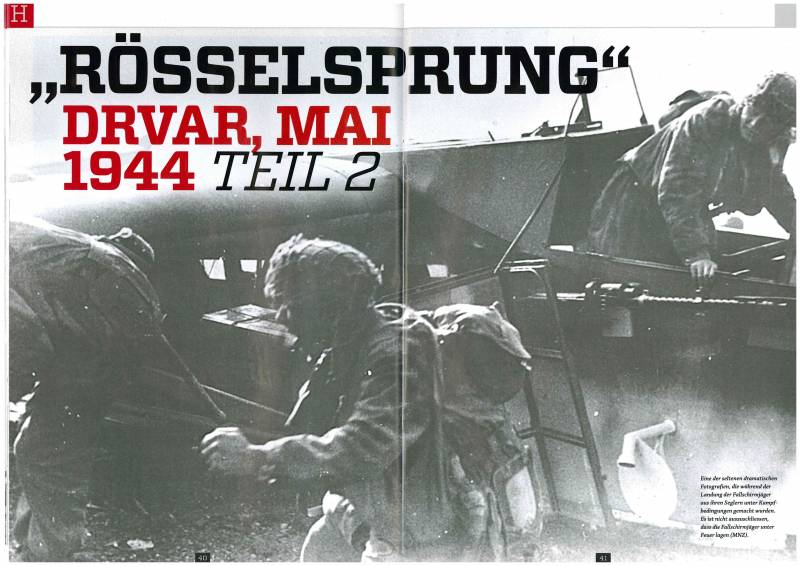
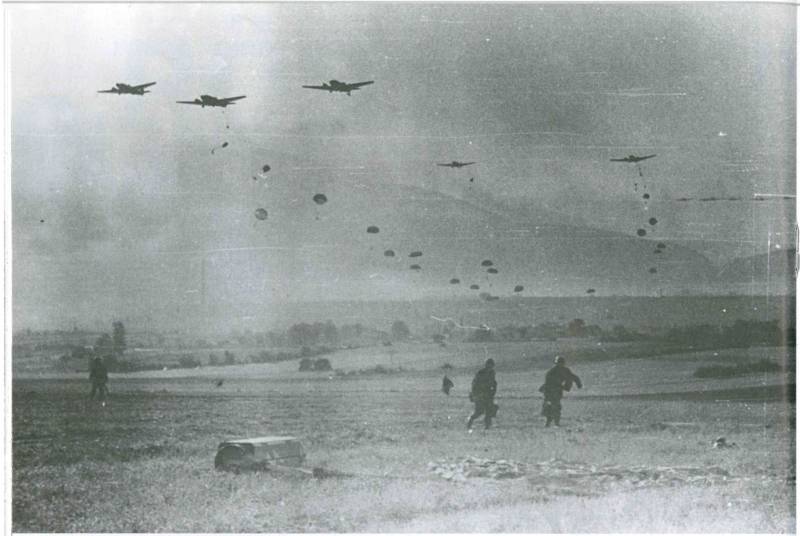
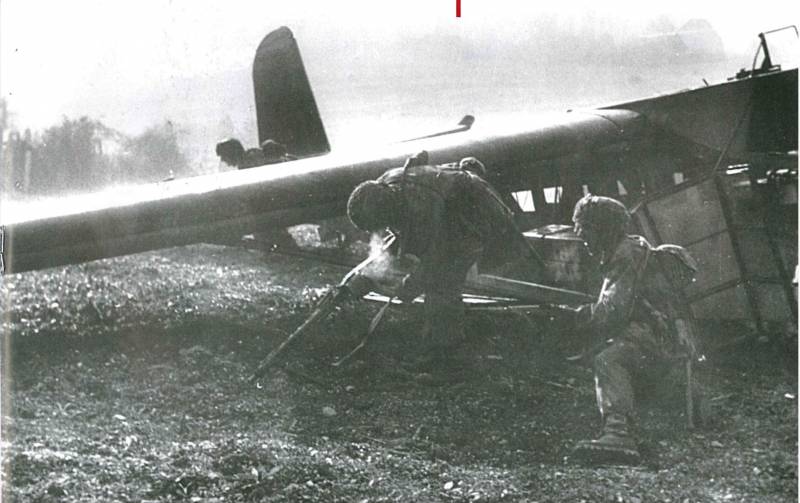
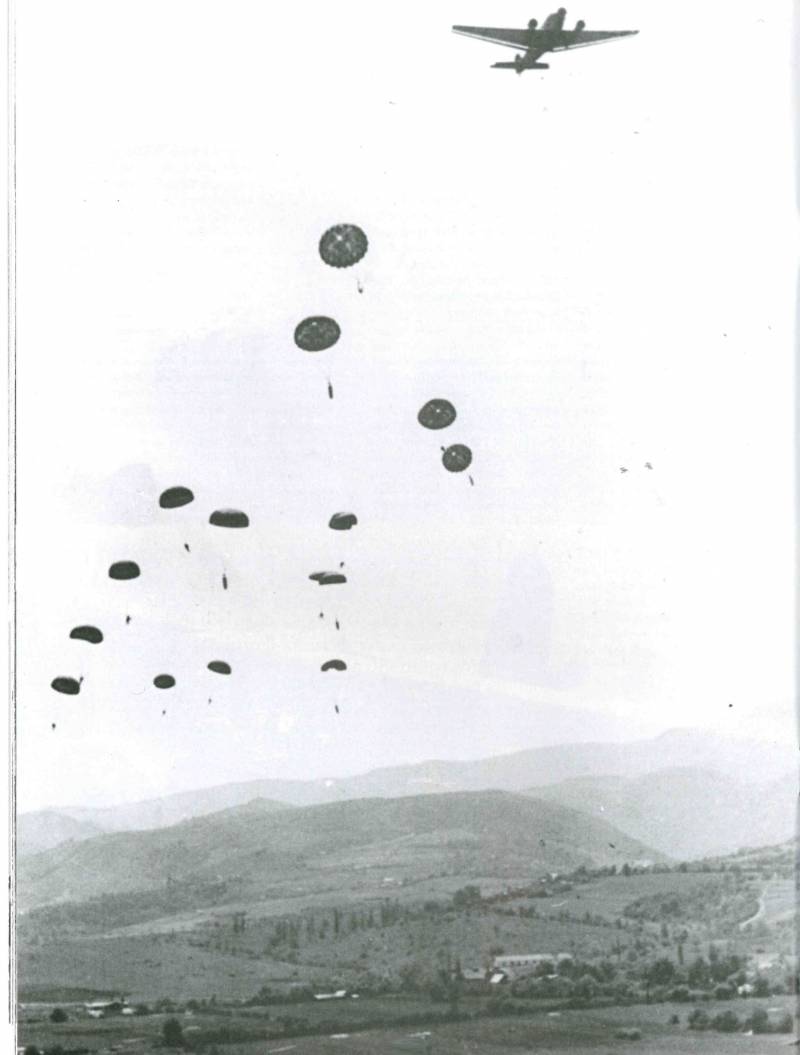
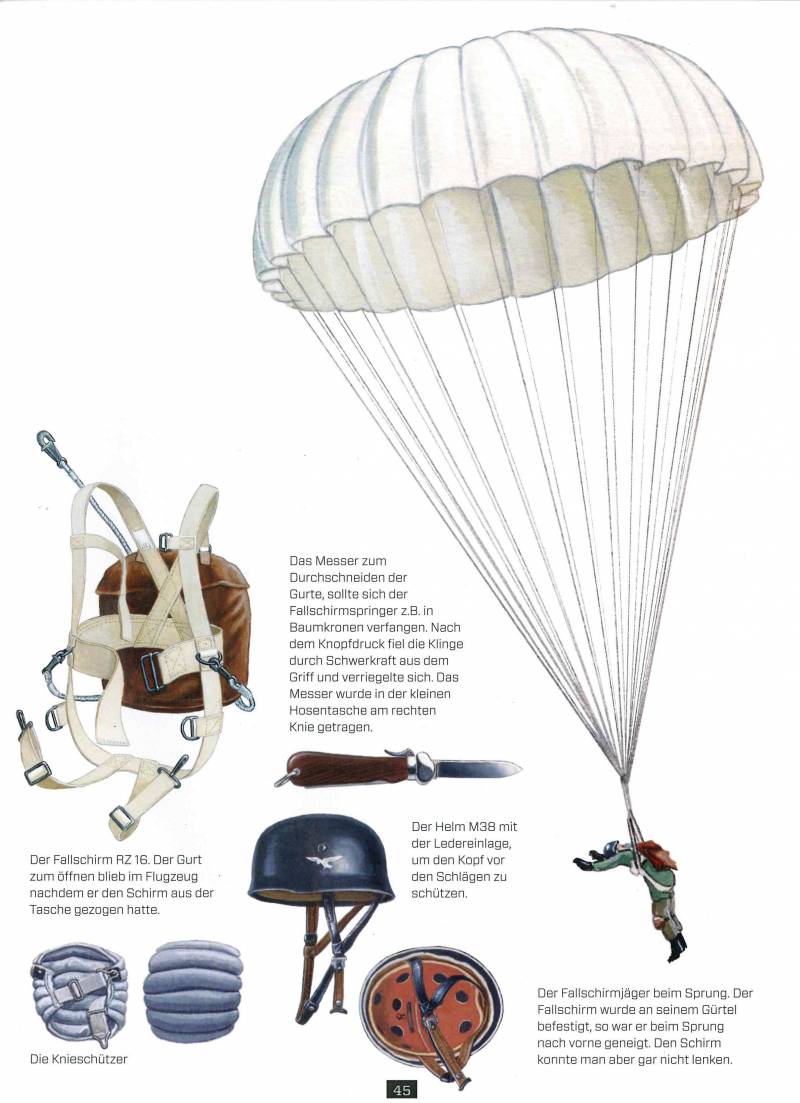
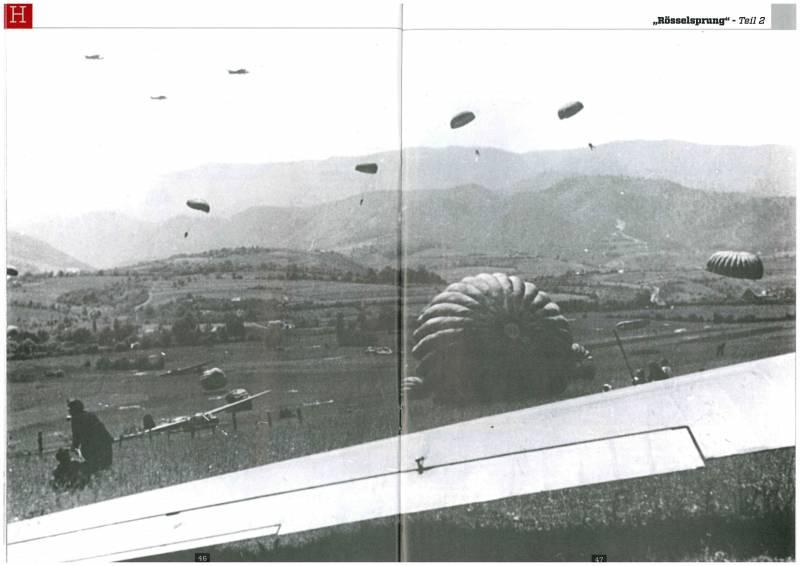
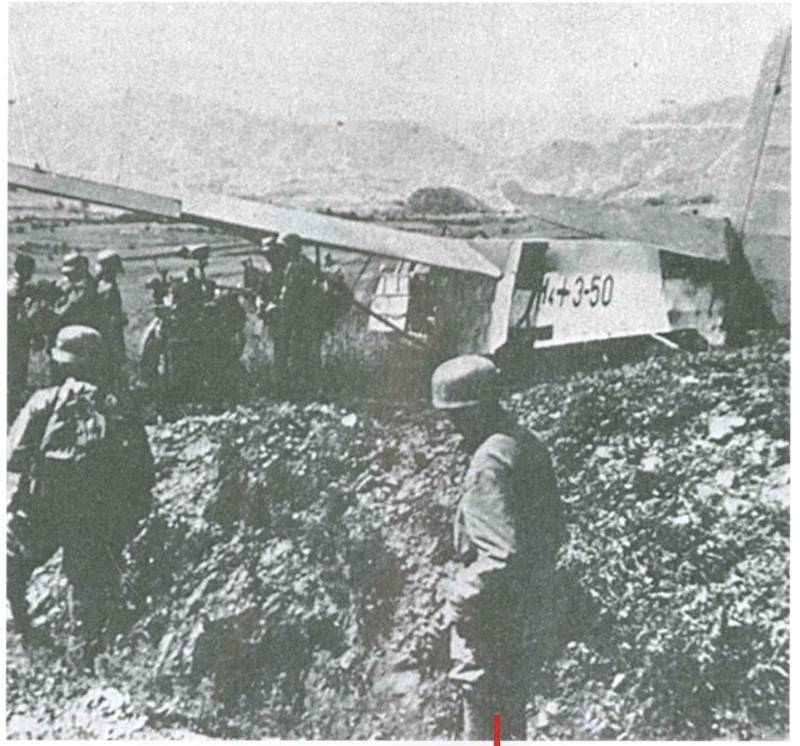
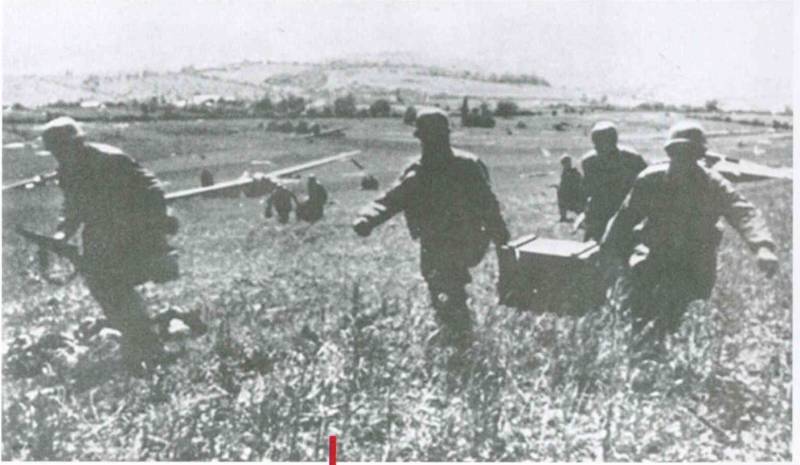
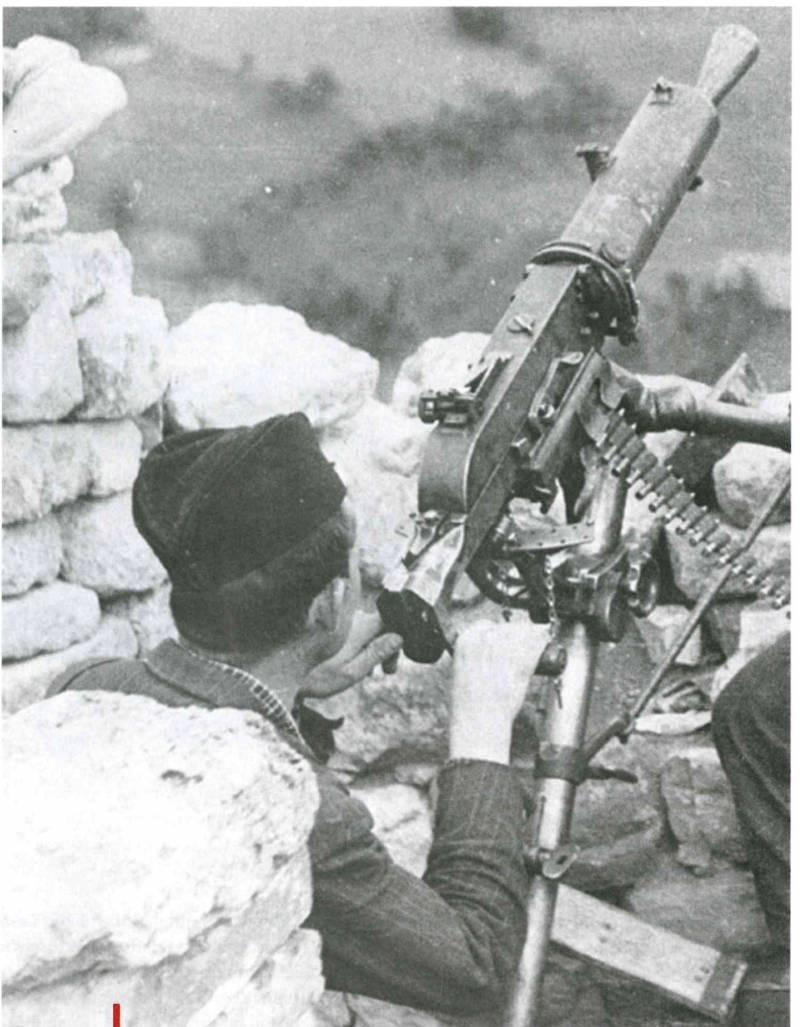
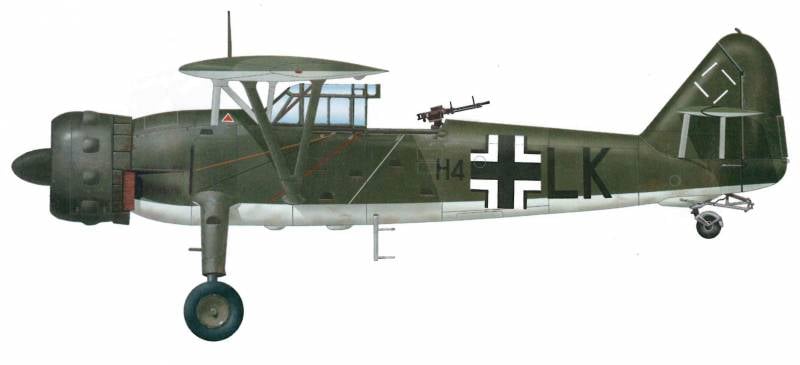
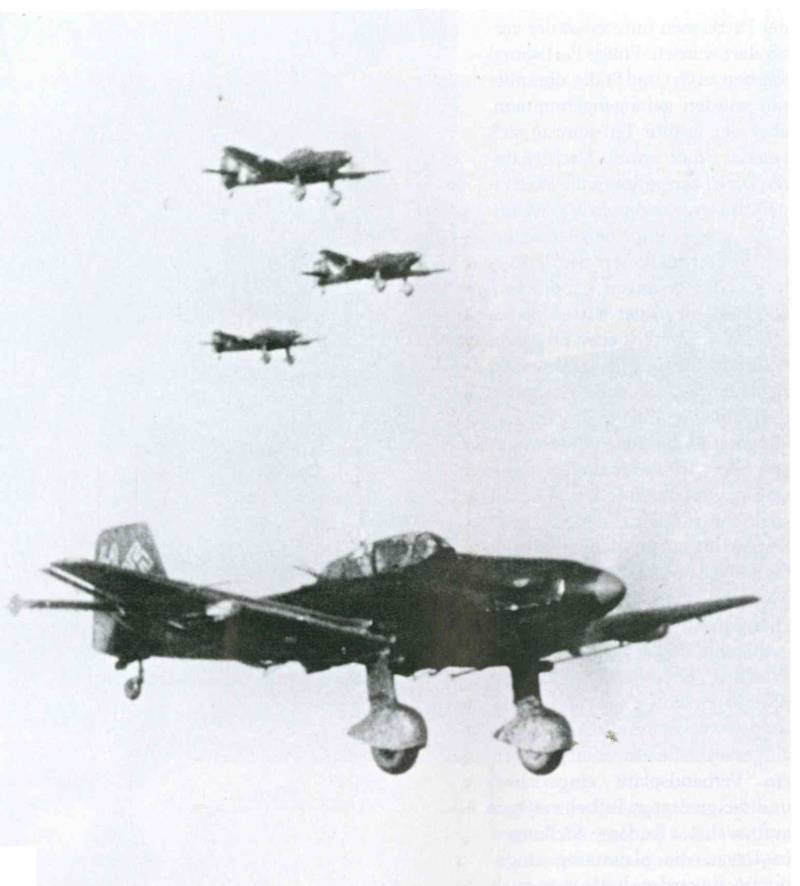
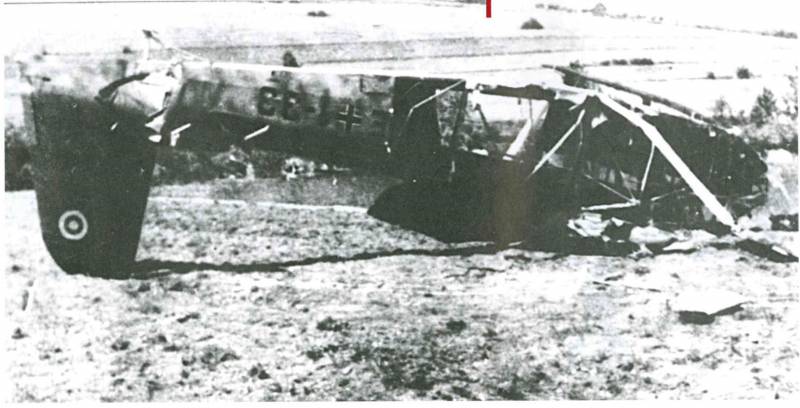
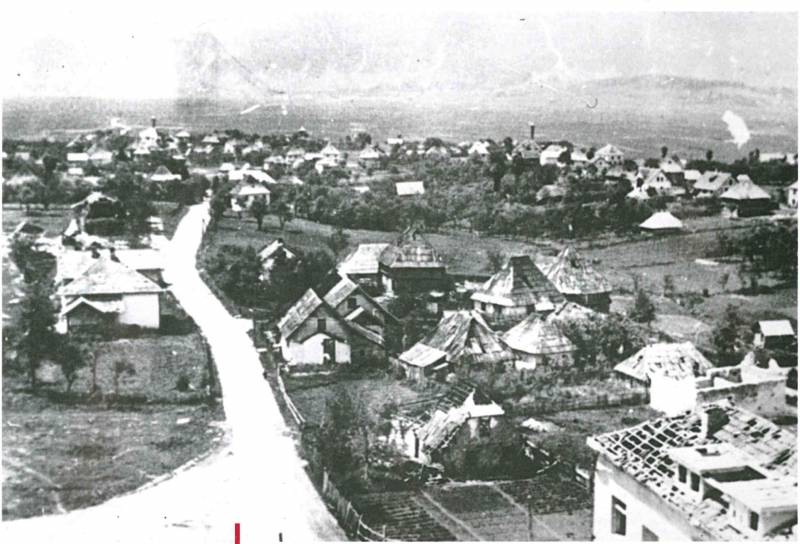
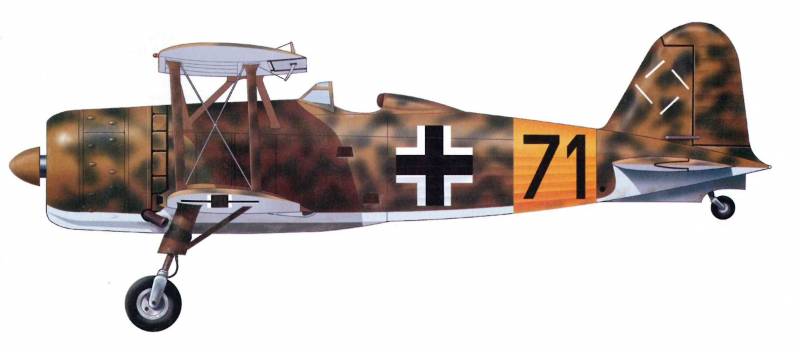
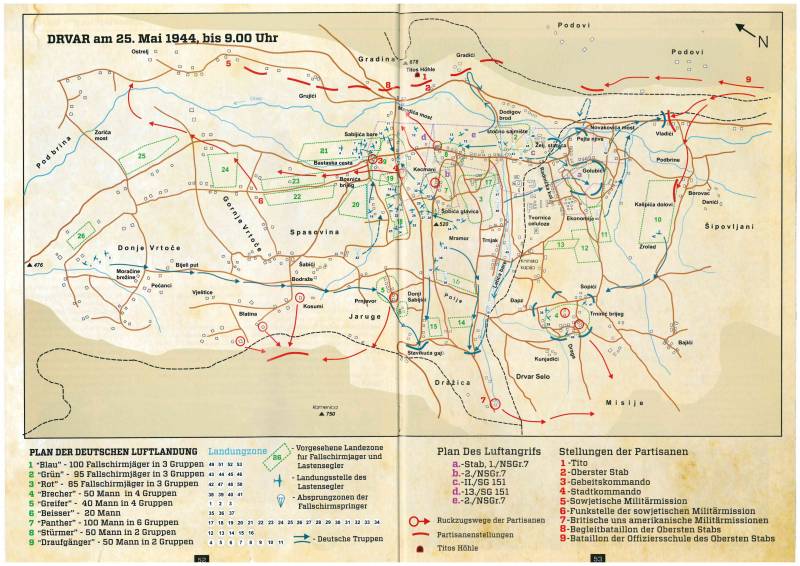
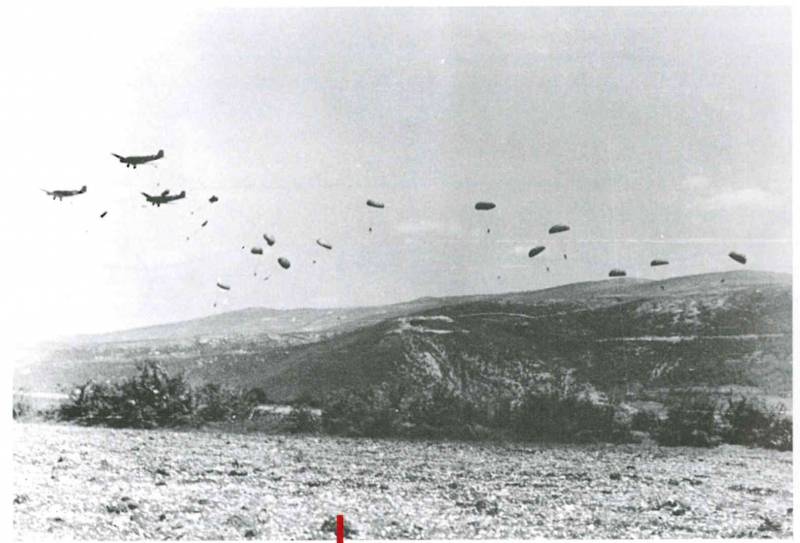
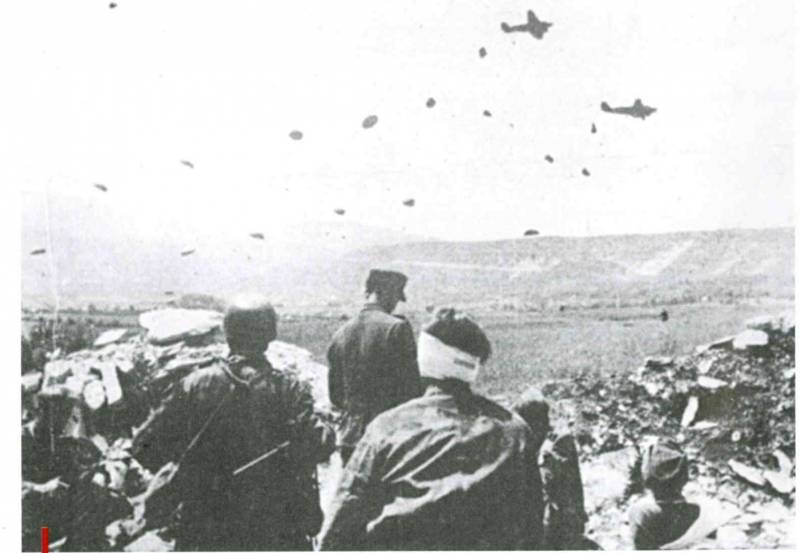
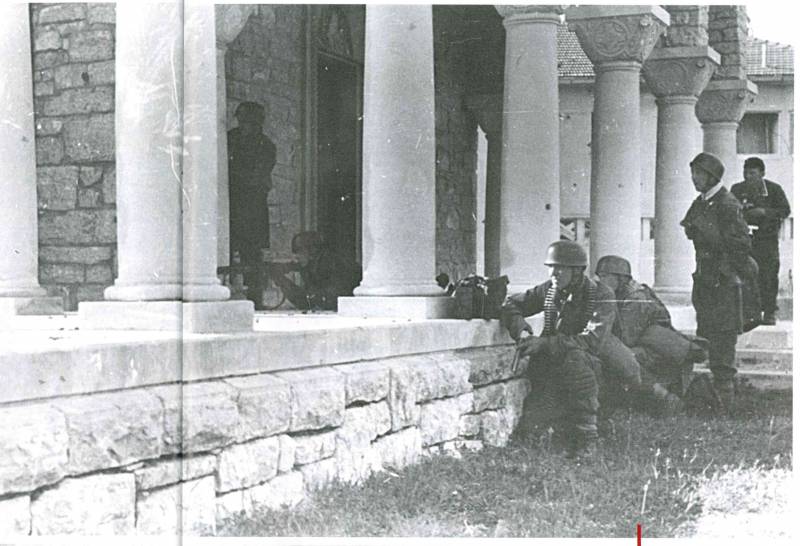
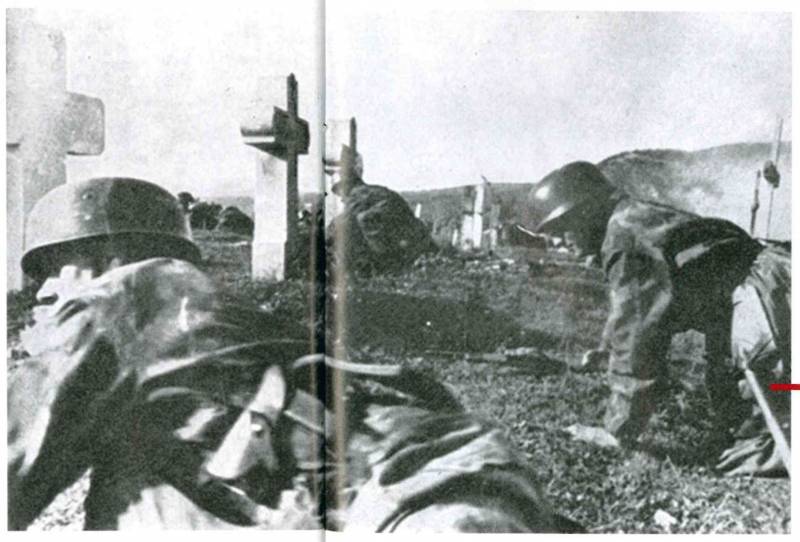
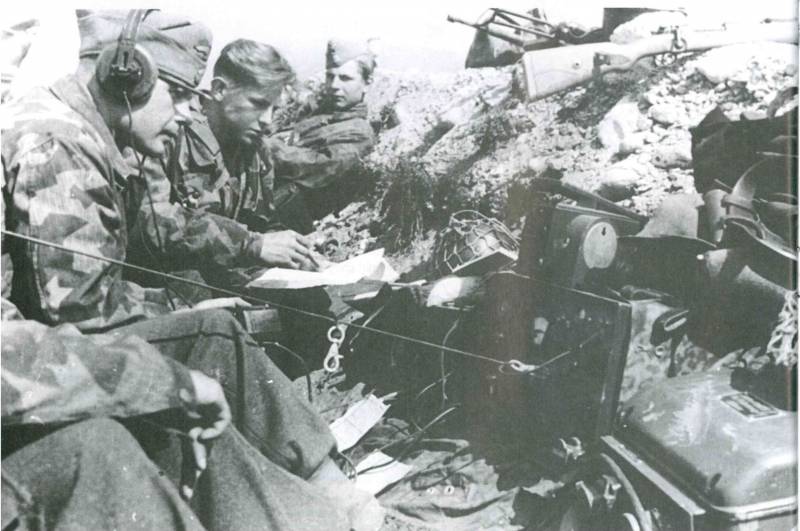
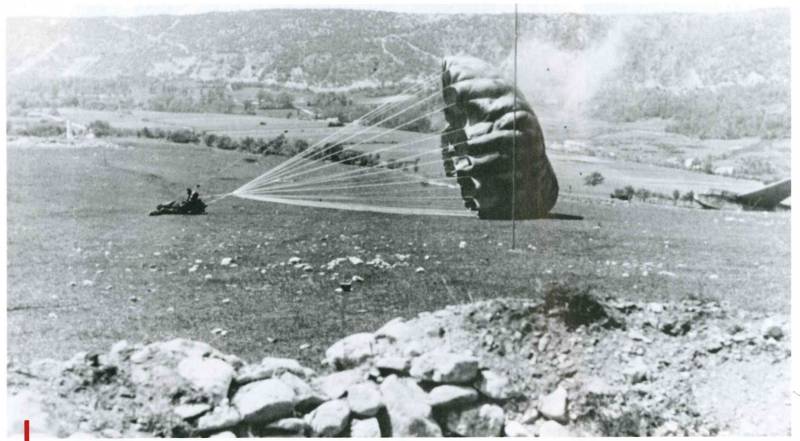
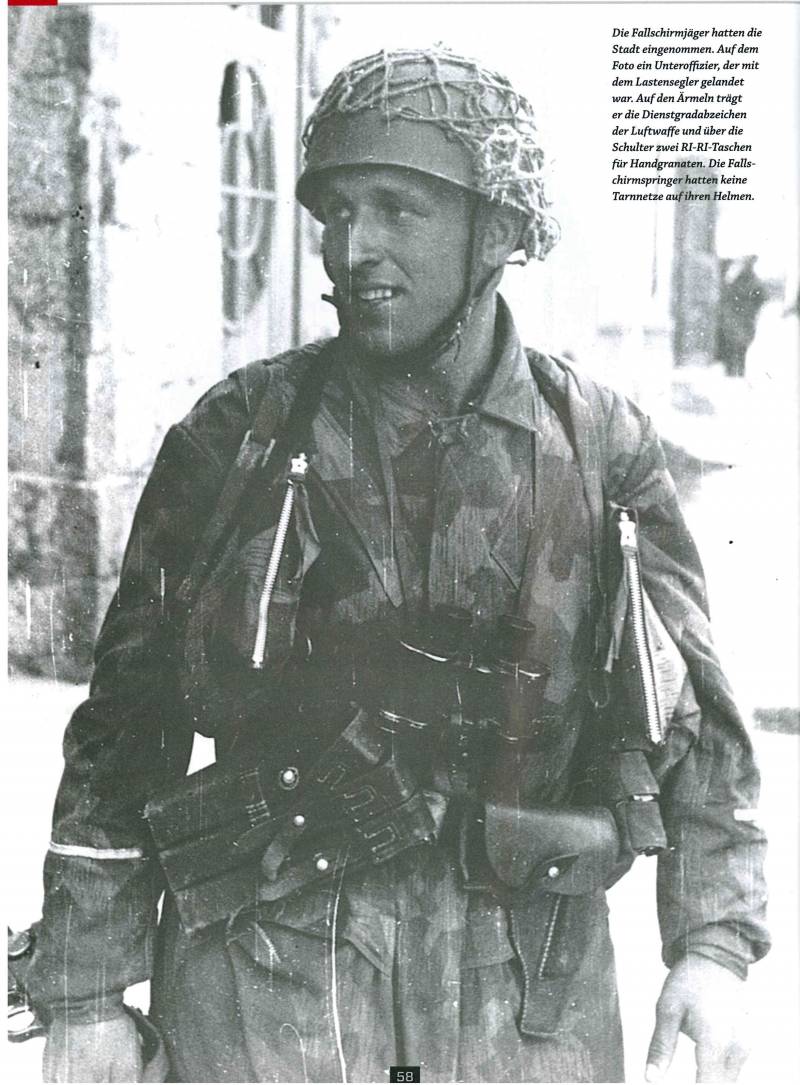
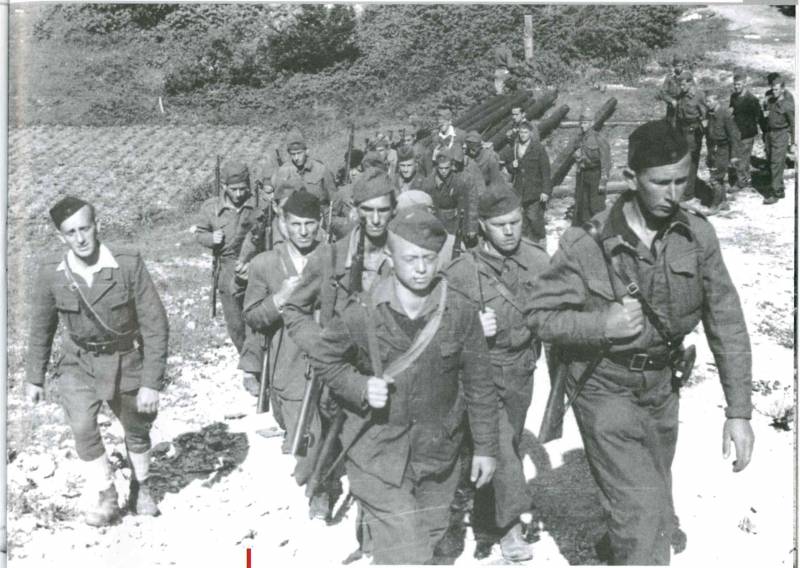
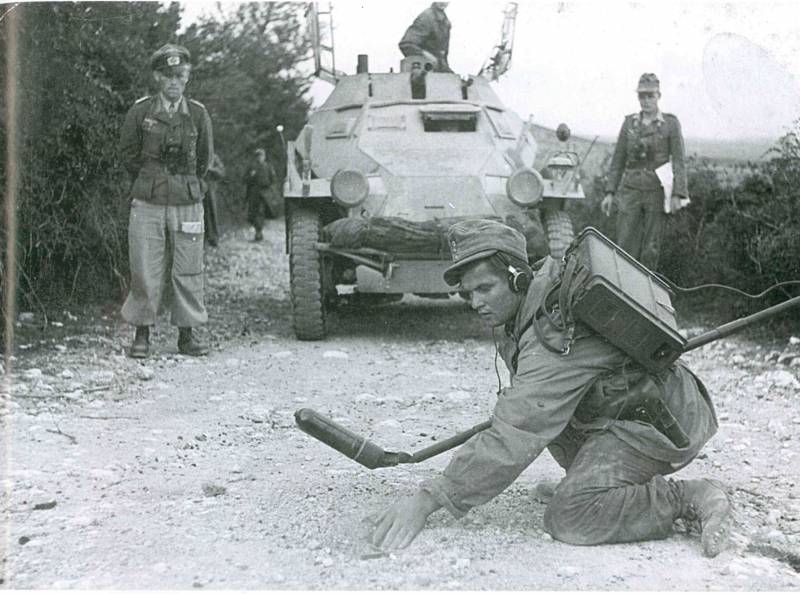
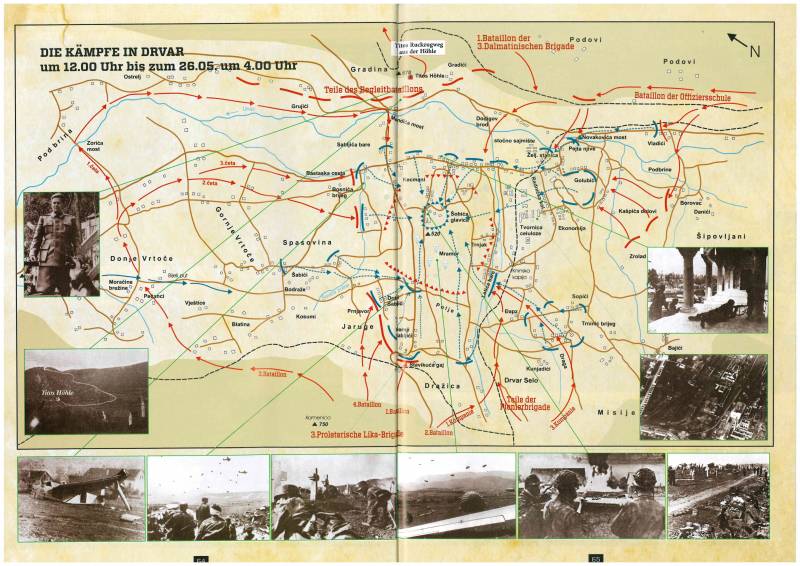
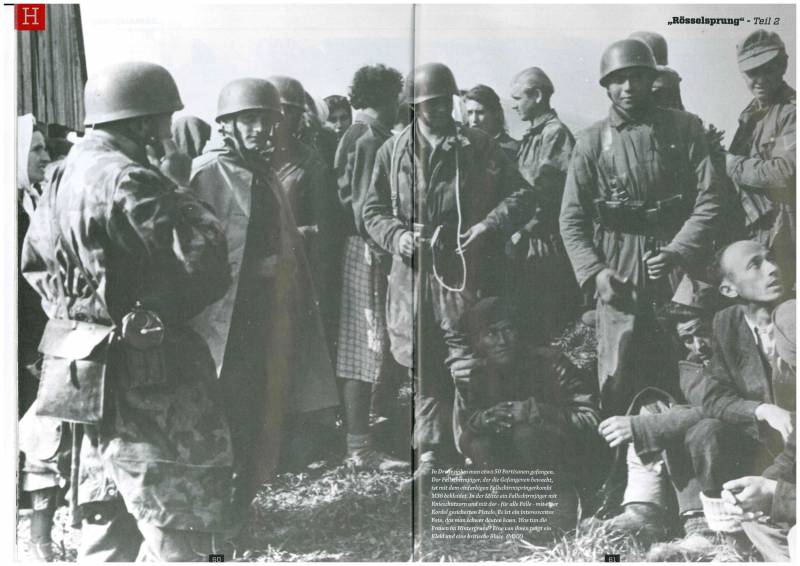
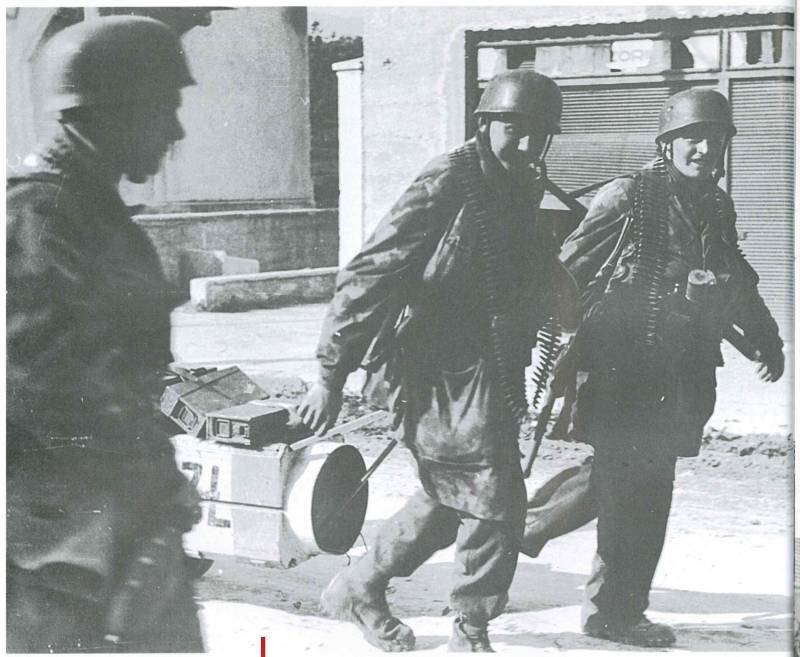
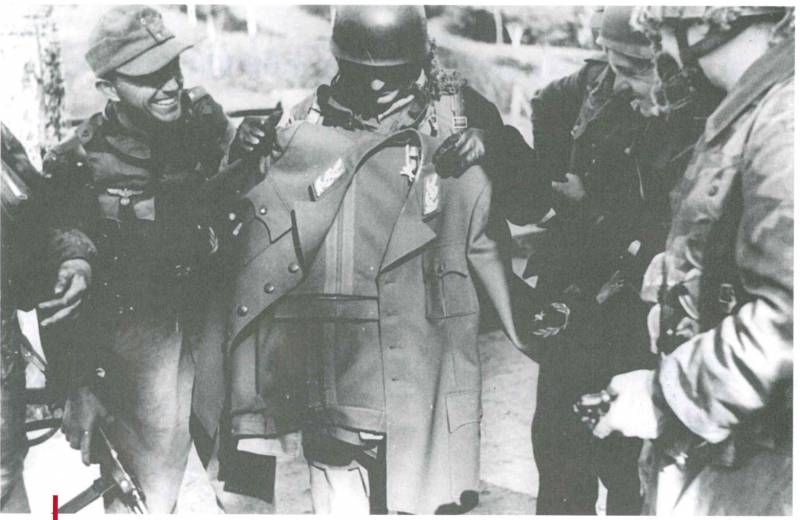
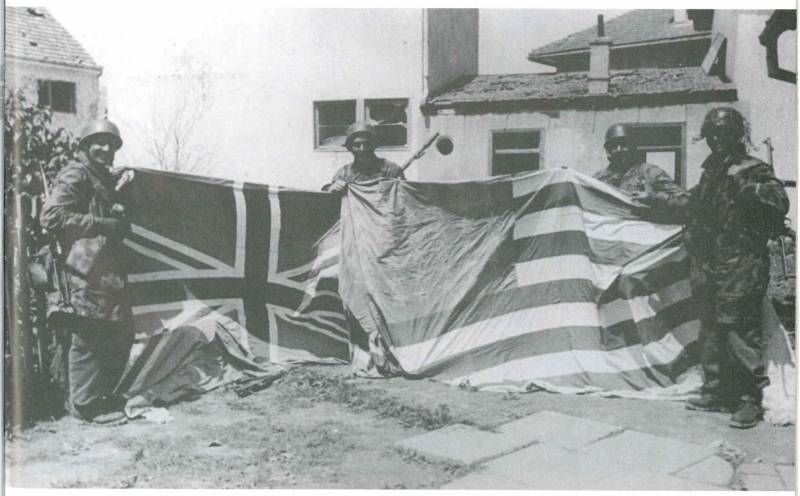
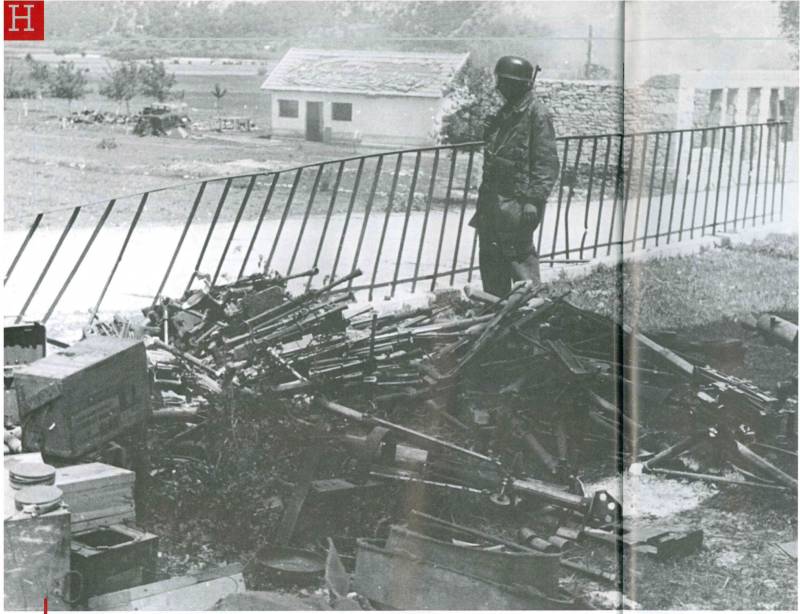
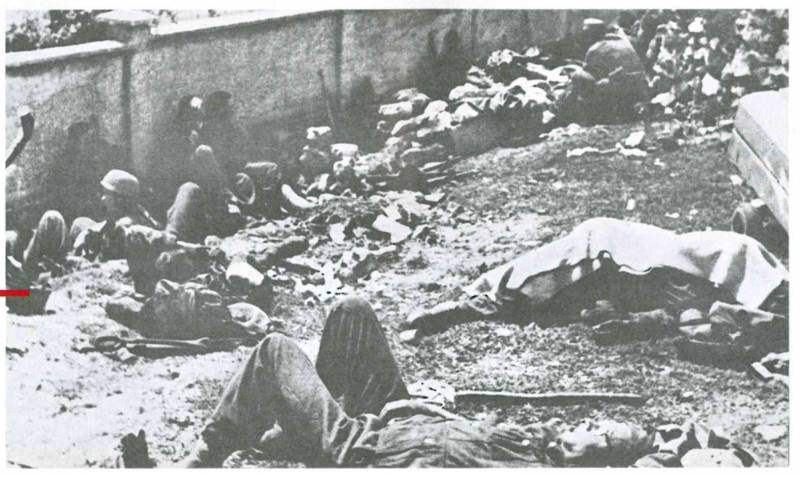
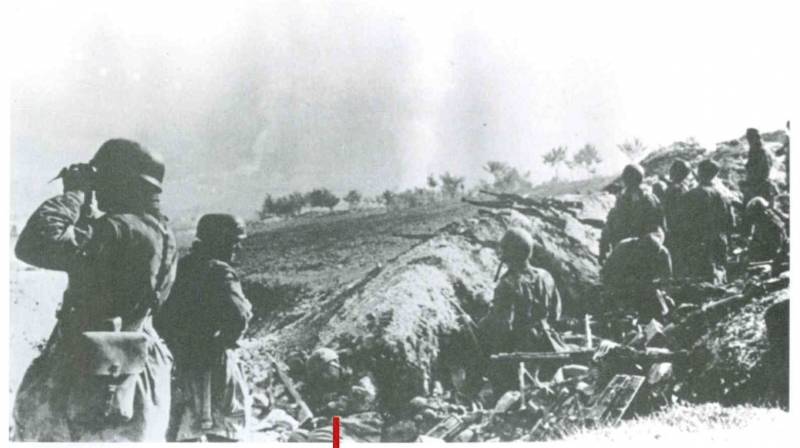
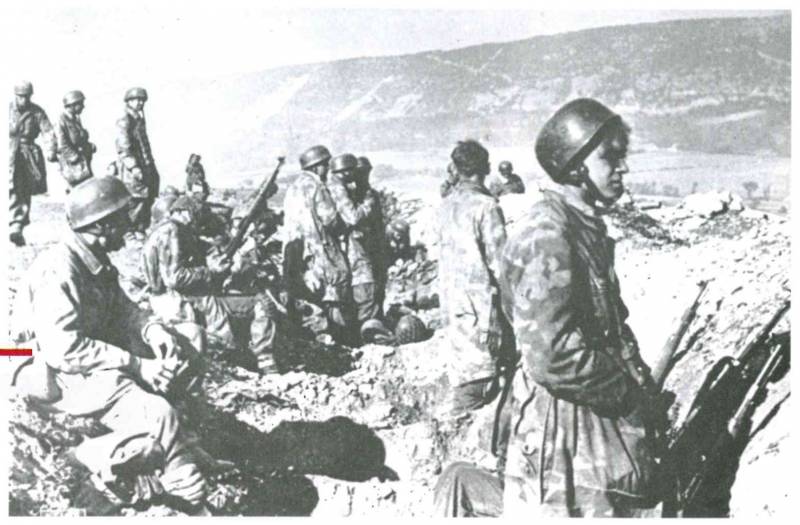
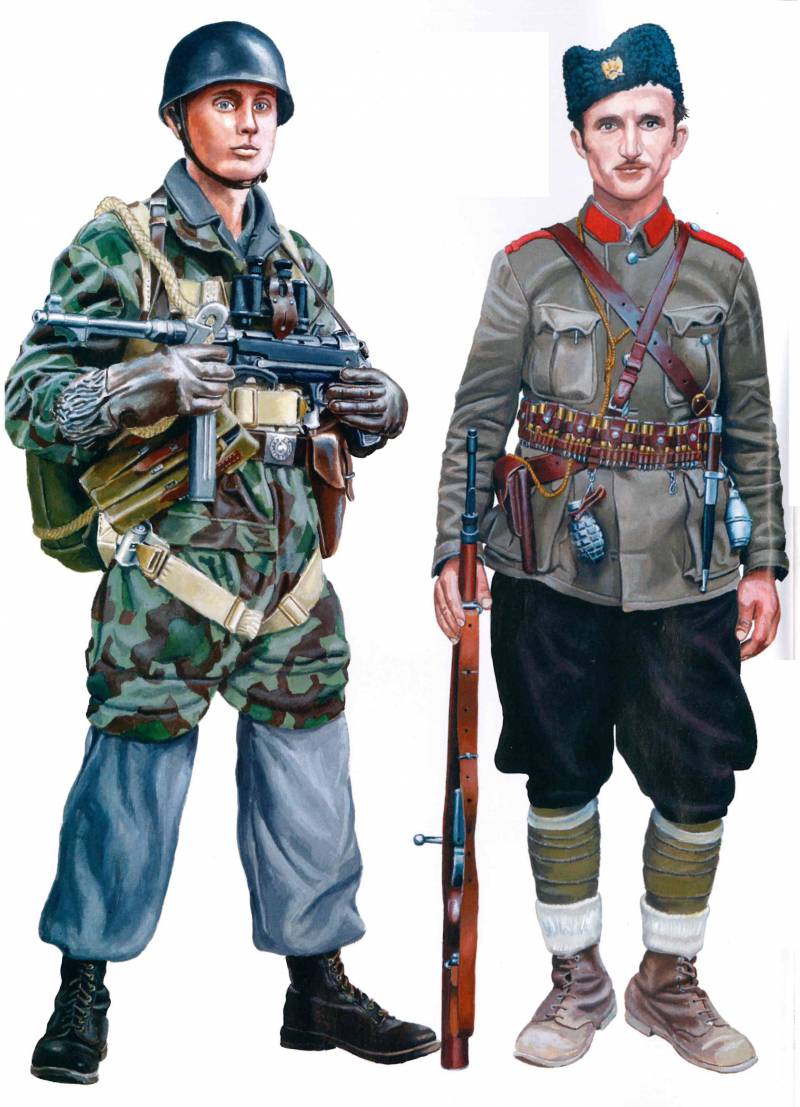
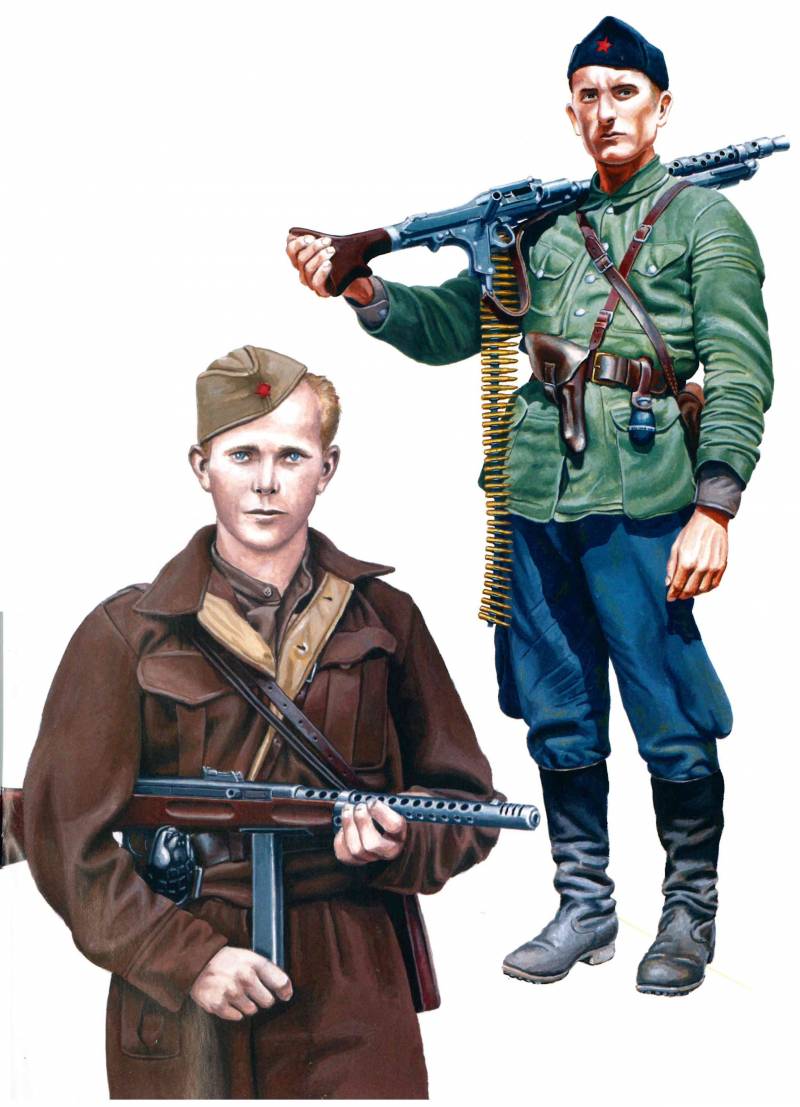
Information